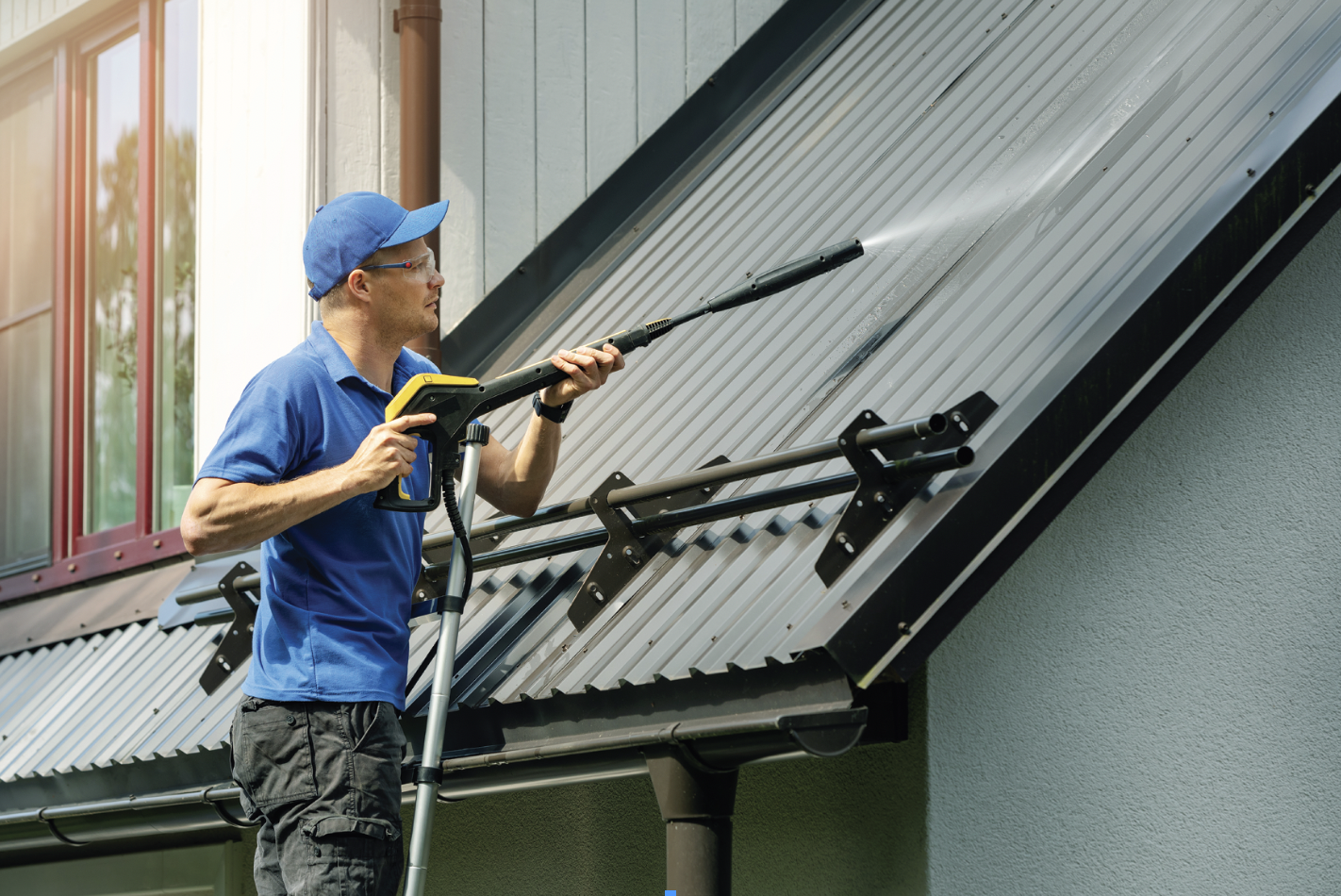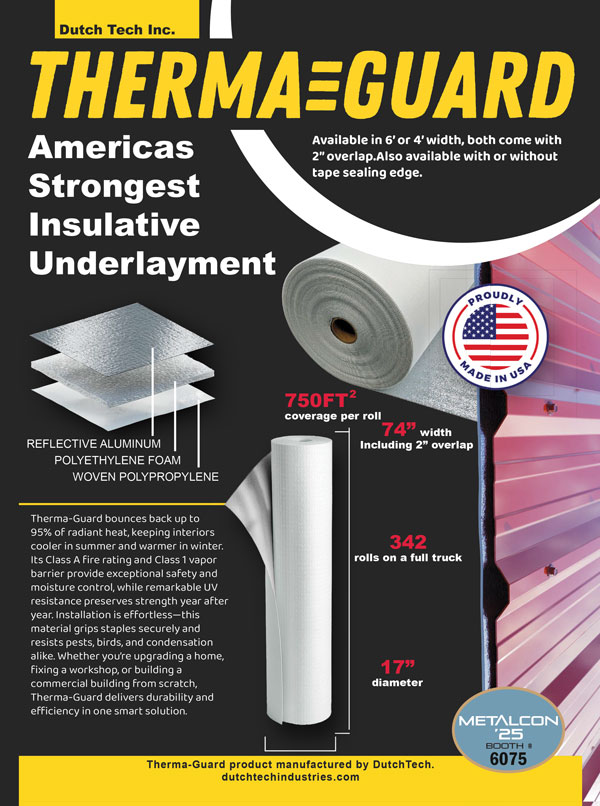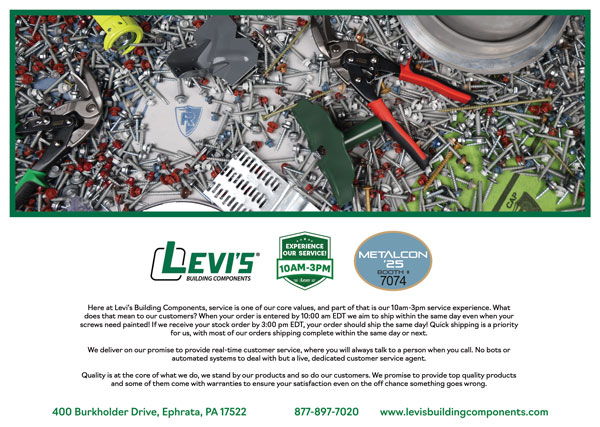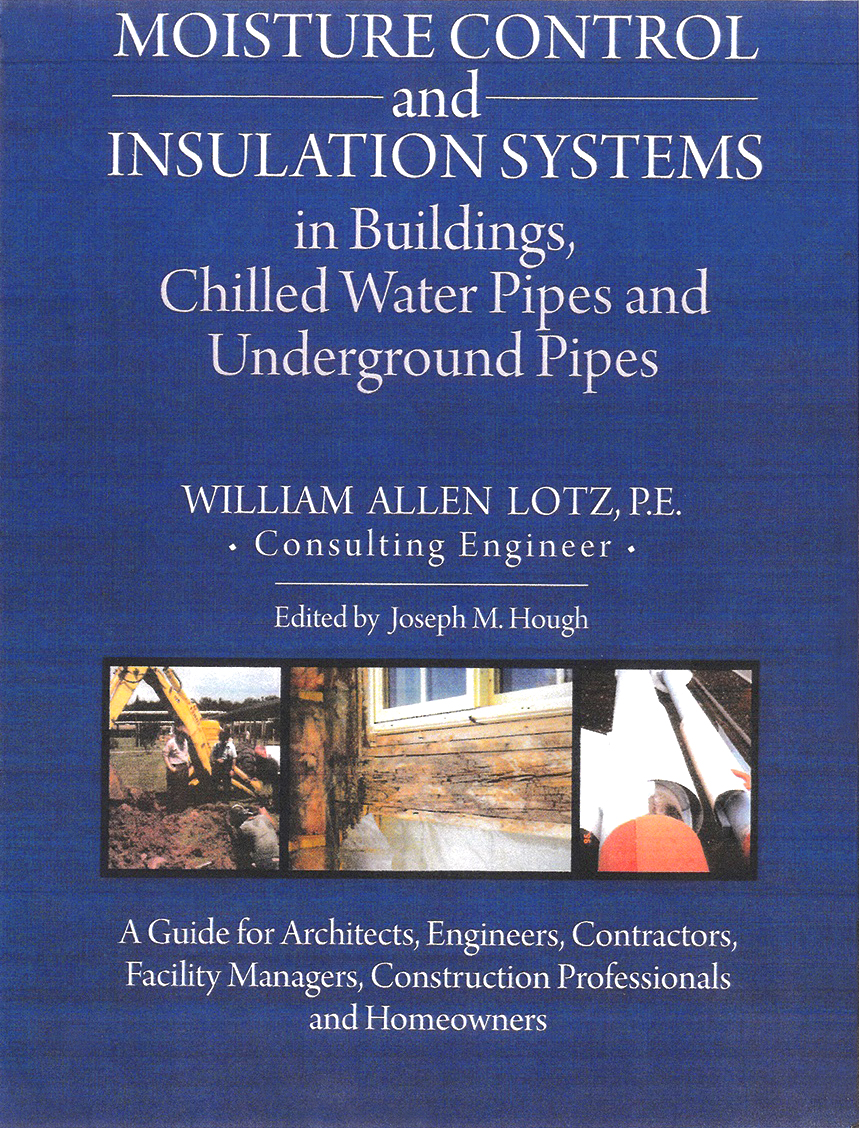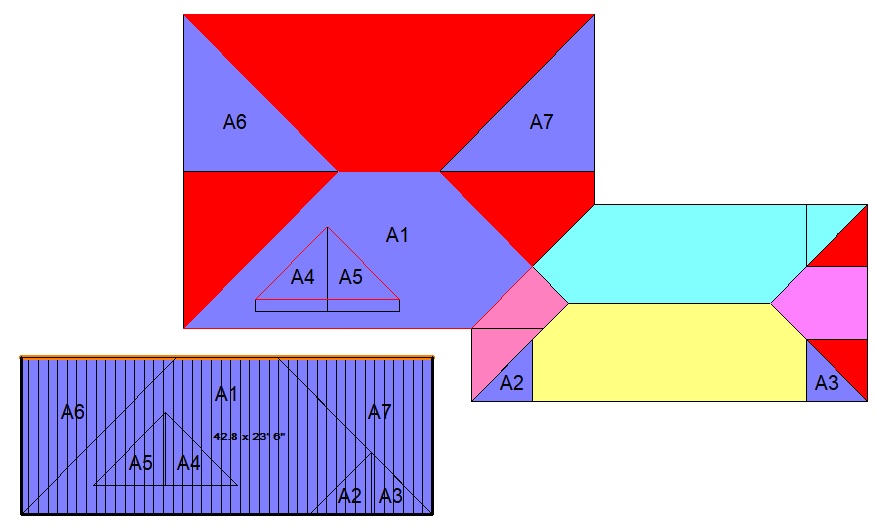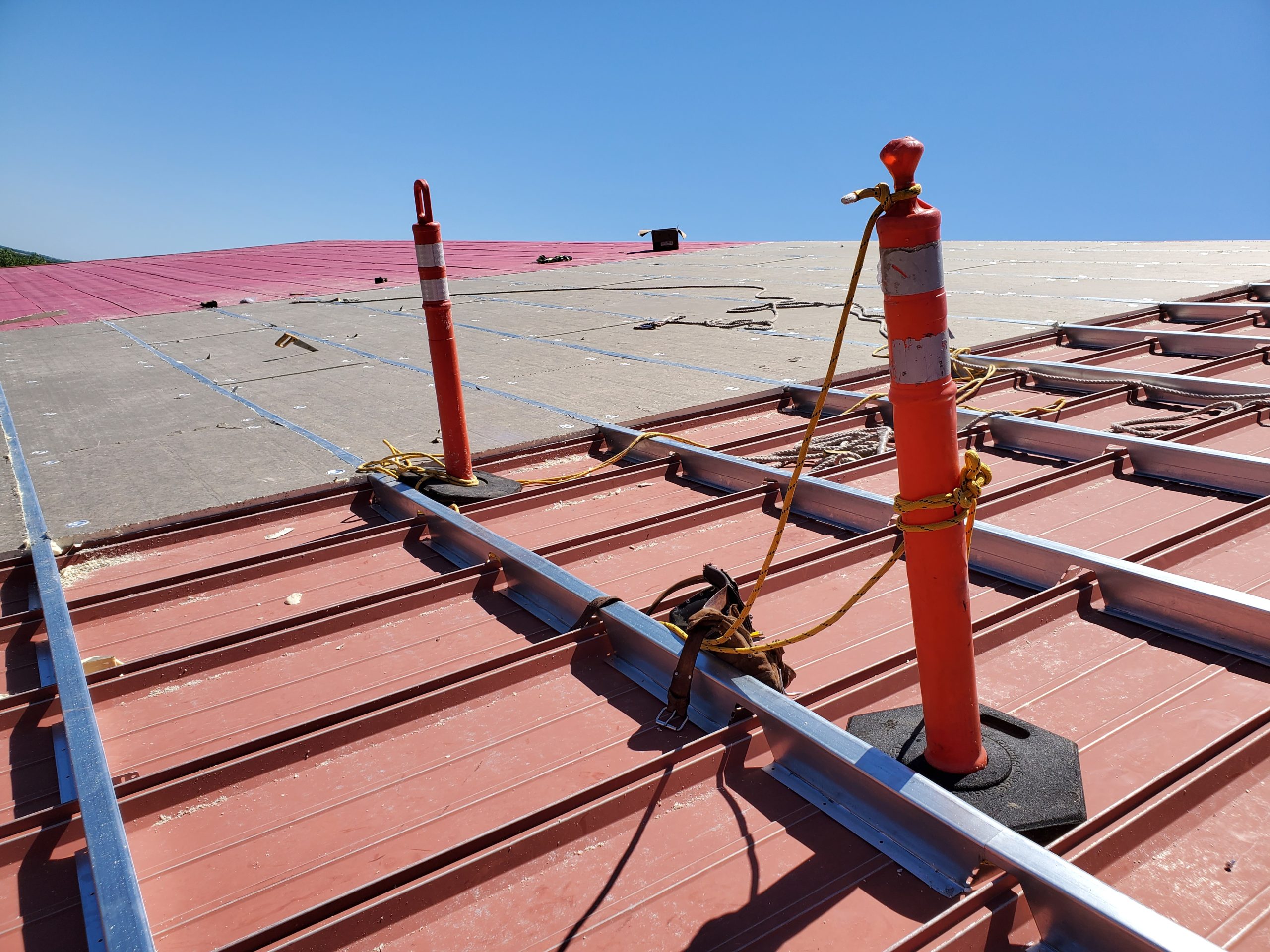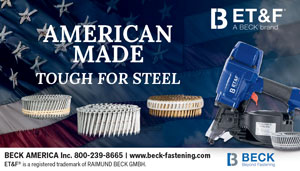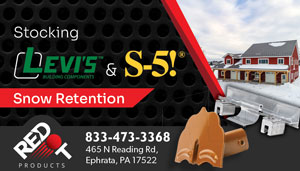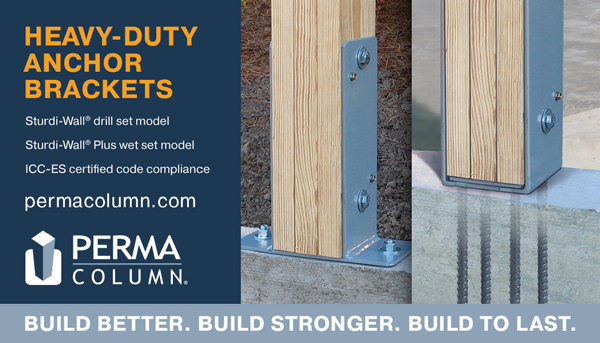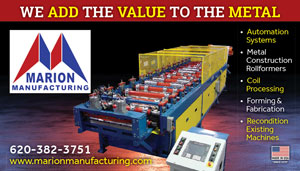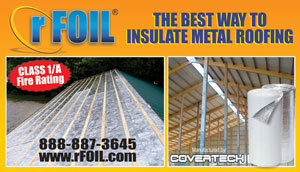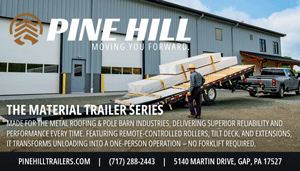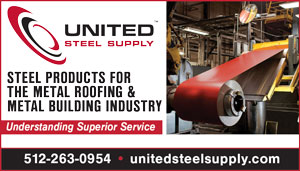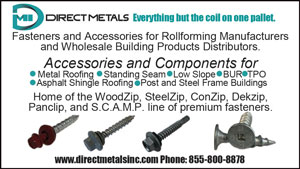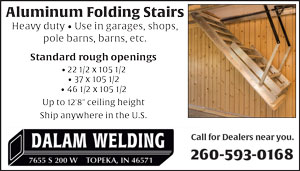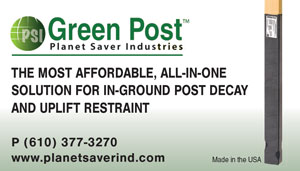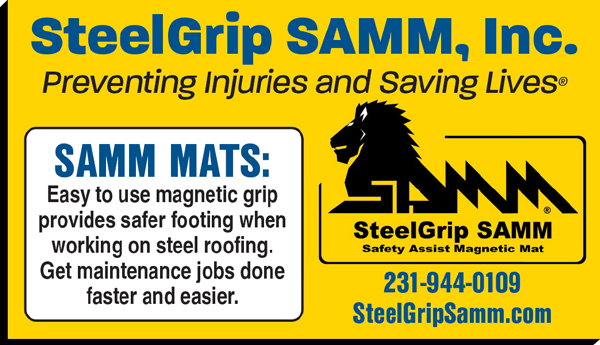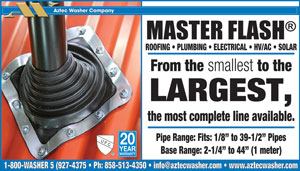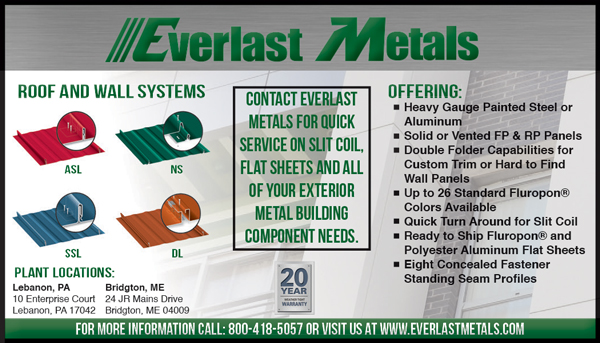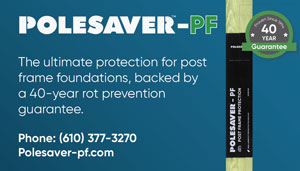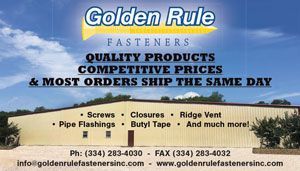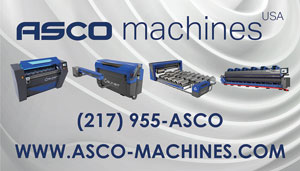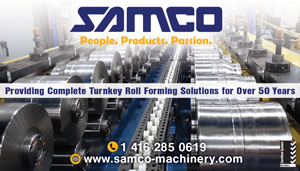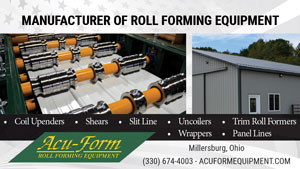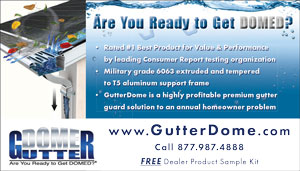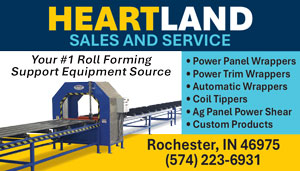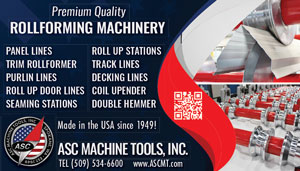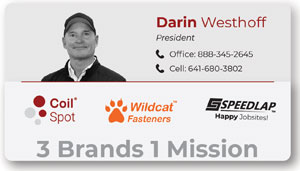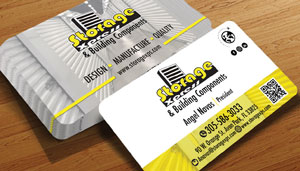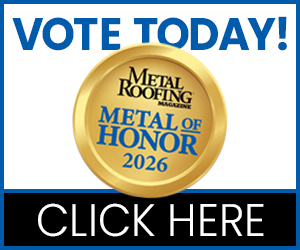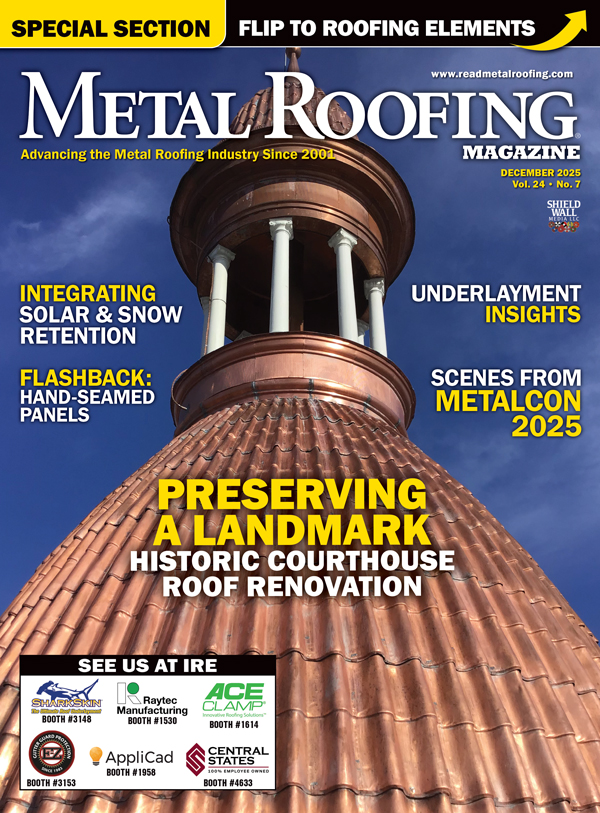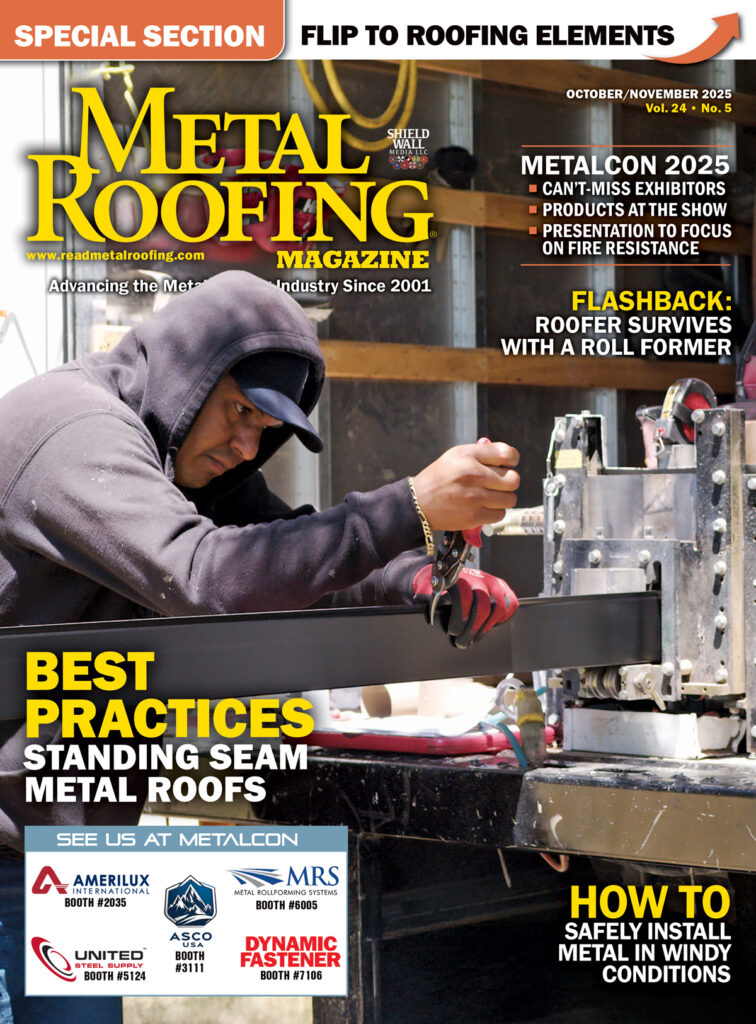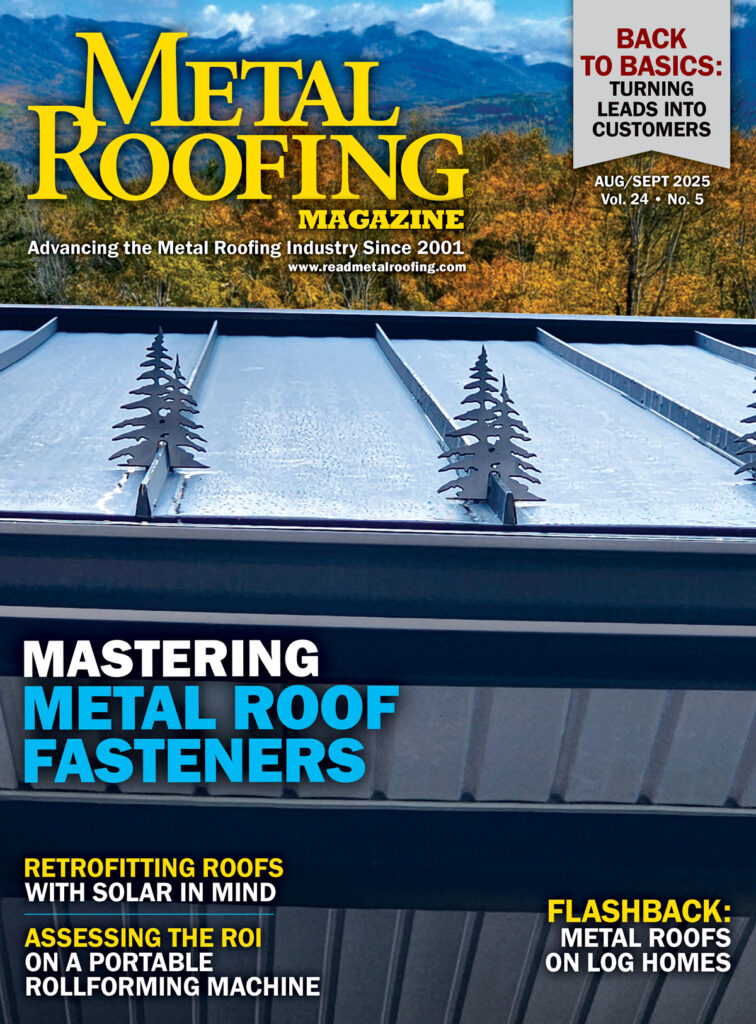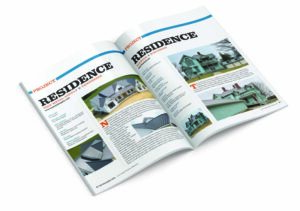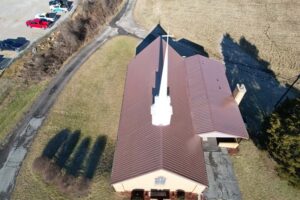Metal roofs are in a class all their own when it comes to cleaning—easy in principal but also very specific in care requirements. After you’ve installed a metal roof for a customer, your job doesn’t stop there—now it is time to educate them on proper metal roofing maintenance. The first step in metal roof cleaning requires little more thought than just using water to remove any airborne dirt, leaves, pollen, and twigs.
However, mold, mildew, and spore deposits, along with stains caused by environmental chemical reactions (such as acid rain and other pollutants), require a different, more involved approach. Begin with the basics and take it from there as needed.
When it comes to cleaning a metal roof, there is a much shorter list of do’s than don’ts. Of utmost importance is making sure that any paint, panel, and metal warranties are not voided; the same goes for any existing warranties on clips, coated fasteners, specialized tapes, and other accessories. It is important to know and consider all of the individual elements of the roof that may have attached warranty conditions.
Anyone who invests in the installation of a metal roof wants it to look good. It is a long-term relationship with one’s home that requires maintenance to successfully go the distance. In the case of a metal roof, that is more often than not a decades-long endeavor.
Owners who want to maintain the resale boost they may get from their well-cared-for roof will want to keep its value intact in both function and beauty. There is no doubt that a properly completed annual cleaning will help protect the investment for both reasons.
Where to Begin
1. Assess, Assess, Assess: Walk around the home and observe the roof. Look for debris, discolorations, and potential surface damage visible to the naked eye from the ground. Look at it from the road as well as from the yard. Make notes about what you find in terms of debris and weather damage.
2. Determine: Is this cleaning something that the homeowner wants to begin to address or is it straight-out time to hire an experienced metal roof cleaner to take on the task?
3. Research: Whether doing work as a homeowner or hiring someone to clean the roof, it is important to understand what the manufacturer recommendations are for cleaning the various roof elements. It will help the roof owner know how to clean the roof, if that is the chosen path. It will also enable the communication required to maintain warranties and guide clear contracting with someone else who is cleaning the roof.
4. Put It in Writing: If the roof owner is having an experienced metal roof cleaner take on the cleaning, they should have an agreement of the process to be followed including the cleaners to be used and tools utilized to do the job—in writing. What setup and cleanup is needed on the job should be understood. It also needs to be defined who is responsible for any unforeseen damage to the roof or property.
For example, if the ladder breaks and dislodges a gutter or puts dents into the metal roof, who pays to fix it? If a ladder used kills landscape plants or causes breakage to nearby shrubbery, who is responsible for the associated costs of replacing them? If roof runoff from the chemicals used harms plants or shrubs on the ground, who is responsible for the costs and remedy of their replacement? Who is responsible for protecting any plants or shrubs before any chemical cleaners are applied? Where can ladders be placed?
Lastly, make sure the cleaner is insured and ask for references. Discuss when the cleaning will be done and when and how payment is expected.
5. Take on the Task: If a metal roof owner is going to tackle the cleaning themselves, the following do’s are some safe ways to start the process. Always stop and reevaluate as needed during the process. You may find it necessary to hire a professional cleaner as the cleaning unfolds, especially if you encounter stubborn areas. If a professional is hired, make sure to take both before and after pictures of what is being cleaned on the roof so there are no questions about the task at hand.
Metal Roof Cleaning Do’s
Items that are safe to wash with:
• Nonabrasive sponge (not foam)
• Soft washcloth
• Soft bristle brush
In the case of metal, less is more and lucky roof owners may find the roofs can be successfully cleaned with water. It doesn’t get more environmentally friendly than that! Wait for an overcast day and start as far up toward the top as you can safely reach. Spray the roof with a hose and let the water runoff help do the job as it continually moves down the roof.
Still have some issues? Move to the use of mild laundry detergent or car washing soap. A gentle solution may be made by combining ¼ cup of detergent per gallon of water and using a soft sponge or washcloth to apply the solution. It may be left to sit for 5 to 10 minutes and then rinsed off. This simple step might be enough to do the job, but can be done more than once if needed. If you are able to get close to the roof, look for evidence of chalking, a white powdery deterioration on the surface of the paint. Sometimes it is visible to the eye, other times it may have to be recognized by contact. A coating of the film may rub off on your finger when it is swiped across the surface of the roof panel. Chalking may be caused by pollution, and that type of deterioration may not be included in warranty protections.
Still not enough? Check with the manufacturer for the paint/coating type to ensure that any approach taken is safe for both the metal roof installed and the person doing the application, since many solvents are flammable. Additional cleanings for the removal of algae, mildew, mold, and rust may also be researched.
Test any cleaning ideas you have on the non-facing side of the home in a harder-to-notice area. Give things a little time to settle before moving forward with a larger area. Impacts of heat, direct sun, and water should be observed.
Put Safety First
Going above ground level? Safety is for sure something roof cleaners do not want to skimp on. Getting a view of the roof, climbing up on the roof, walking around, and performing work at various places around the roof all have different requirements, but one thing they all have in common is the need for one other person to be present while these actions are taken.
• Wear well-fitting shoes with high-traction soles. Keep in mind that wet roofs can become slippery roofs.
• Wear proper clothing and eye protection in case of splashing.
• Make sure you have an OSHA-approved ladder with padded stabilizers.
• When working atop a roof, it is important to use fall protection gear such as a harness and other safety systems.
• Be aware of fumes from the cleaning products being used.
• Choose a cloudy day to avoid reflectivity glare and heat that could cause contact burns when on the roof.
• Plan to clean in manageable sections so soap may be rinsed off before it bakes onto the metal.
ladder and spray what you are able to?
Hands-on experience with cleaners and safety are good reasons to hire a professional who already owns all the gear and equipment needed and is very aware of all the ways they have had to use it.
Metal Roof Cleaning Don’ts
Don’t void roof warranties for the metal or the paint by using abrasives and chemicals such as:
• Acetone
• Acids
• Brass and other wire brushes
• Cleaning powders and pastes
• High-pressure power washers
• Paint removers
• Paint thinners
• Sandpaper of any grit
• Steel wool
Touch-Ups
Touching up a roof’s paint without following a manufacturer’s recommendation could not only make a blemish or blemishes look worse, it can actually void the entire roof warranty. Make sure a small imperfection does not turn into a big misstep.
Making Metal Roof Cleaning Easier
Allowing a roofing system to function well will make the annual cleanup easy. Things can be done to help protect a roof from wear and tear, such as keeping the gutters clear and trimming back branches that overhang the roof. The longer the timespan between cleanings, the more buildup there will be, making it harder to clean. Observe the amount of dirt and debris on a seasonal basis to determine the individual challenges facing the roof.
Today’s metal roofing is a beautiful statement part of a home. For many homeowners, a properly installed metal roof is considered a long-term investment. Because of that, there is a lot of great information available from manufacturers and paint companies about how to maintain them for years to come. Identifying what best protects and preserves a metal roof is a win for all involved in the process. Knowing what to ask for when having work done by others on a roof is a very important part of successful ownership. MR


